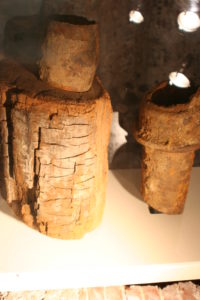12 projects selected to apply for WIFIA loans
August 27, 2017The nation’s water infrastructure got some great news in July: The Environmental Protection Agency chose 12 projects to apply for the first Water Infrastructure Finance and Innovation Act loans.
You may recall that we wrote extensively about WIFIA, starting back in 2012. Former LCA general manager and chief financial officer, Aurel Arndt, testified before a House Subcommittee on Water Resources and Environment about the importance of the bill, which aimed to find funding for the massive project of replacing the nation’s aging water and wastewater infrastructure.

At the time, costs were projected at $1 trillion over the next 25 years. Congress established WIFIA in 2014, but loan funding wasn’t made available until 2017. So far, $25 million has been approved for the program.
The 12 projects include four in California and one each in Florida, Missouri, Maine, Nebraska, Maryland, Indiana, Tennessee and Washington. They total about $5.1 billion in costs and loan requests of about $2.3 billion. The projects include sewer overflow, wastewater treatment, water recycling, drinking water and a request for a state fund. There’s no guarantee that any will receive funding — the EPA’s move was just an invitation to apply.
LCA is fairly lucky: Arndt had pointed out that “In many ways we are fortunate because LCA was first created in the 1960s, so everything that was built since then is, by waterworks comparison, relatively new. In LCA’s case, if you look at the oldest mains that we have constructed, we are probably facing that replacement time probably somewhere beyond 2050.”
Our neighbors to the South, in Philadelphia, aren’t as lucky. The Philadelphia Water Department says the average age of its 3,200 miles of water lines is about 78 years; with some pipes dating back to 1824. The average age of their wastewater lines is about 100 years. In May, crews found an unused, wooden water main that was 205 years old.
To read more about the projects, check out this article on WaterWorld.